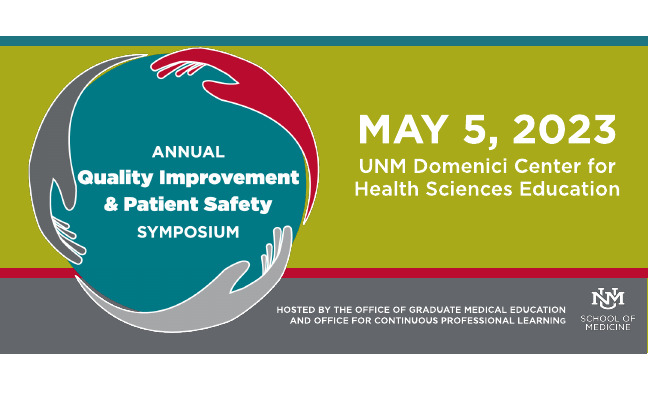Document Type
Poster
Publication Date
5-5-2023
Abstract
Problem identification: Social determinants of health (SDOH) are community-related social, economic, and physical conditions that influence patients’ health far in excess of what the direct provision of health care can achieve. Although the Joint Commission (TJC) recently published requirements for universal SDOH screening and intervention for accreditation purposes, many medical practices in New Mexico still have very low rates of screening and intervention, leading to suboptimal health outcomes for our patients. At CHRISTUS St. Vincent Family Medical Center in Santa Fe, the rates of SDOH screening and intervention have been around 2-3% based on current workflow processes and competing demands during every patient encounter. Recent research has identified streamlined methods for capturing these data at the point of care in an outpatient setting.1 The aim of this quality improvement project was to use such a standardized workflow to increase SDOH screening and intervention rates in our ambulatory clinic.
Intervention: A SDOH questionnaire available in English and Spanish was designed based on the 24 SDOH items found in the Epic electronic health record and adapted from the questions used in the Berkowitz et al. study.1 A workflow diagram was created to illustrate to the clinic team how the data would be collected and disseminated. The questionnaire was given to our front desk staff to distribute to all adult patients just prior to their clinic visits. Our medical assistants would then room the patients and collect their questionnaires once completed. The medical assistants would then present the completed questionnaires to the providers for potential interventions. Intervention thresholds were adapted from the Berkowitz et al. study.1
Data: Data were collected from September 2022 to March 2023. Population health created a dashboard in Epic to track screening rates based on each SDOH domain and referral or other intervention rates. Process measures included the number of completed questionnaires uploaded into patients’ charts in Epic and the number of patients with a primary care provider (PCP) in our clinic who had data entered for each of the 11 SDOH domains. The primary outcome measure was the number of appropriate referrals to our nurse navigator (for case management services) and/or other intervention(s) for critical issues identified on the SDOH questionnaire. These measures were monitored dynamically using the dashboard, and adjustments to the process were made during each PDSA cycle.
Results/Outcomes: In total, 2485 patients attributed to a PCP in our clinic had visits during the 6-month study period. Of these patients, 175 patients (7%) completed the questionnaire. A total of 27 of these patients (15%) screened positive for a critical financial barrier, and 15 patients (8.6%) screening positive for a critical transportation barrier requiring intervention. Although not enumerated exactly, varying issues arose for approximately 25% of the patients in the intimate partner violence, alcohol use, stress, depression, and physical activity domains. Of those experiencing critical issues requiring intervention, about 18% of the patients received a referral to our nurse navigator at the point of care. These results signal a marked improvement in the clinic’s ability to screen and intervene on SDOH issues, but much more work still needs to be done in future PDSA cycles to move the needle closer to universal screening and intervention in our patient population to meet TJC requirements. The results of this quality improvement project will be used to appeal to CHRISTUS St. Vincent leadership for in-house case management and social services to better meet our patients’ needs without having to refer them to a central resource.
Recommended Citation
Yangchen, Tenzin; Hamza Altaie; and Ashten Duncan. "Standardization of the Workflow for Collecting and Intervening on Social Determinant of Health Data in a Community-Based Ambulatory Clinic." (2023). https://digitalrepository.unm.edu/hsc_qips/72


Comments
Poster Presented at UNM Health Sciences Center Quality Improvement & Patient Safety Symposium 2023